OACAS 2025 Pre-Budget Submission
To support the development of the 2025 Budget, the Ontario government collects input from people, businesses, industries, and organizations from across Ontario. The Ontario Association of Children’s Aid Societies (OACAS) shares feedback with the Ontario government each year through a pre-budget submission. Click here to read the OACAS 2025 Pre-Budget Submission.
In Ontario, there are 50 designated children’s aid societies and Indigenous Child and Family Well-Being Agencies (child welfare agencies). Child welfare agencies have the exclusive legal responsibility to provide services 365 days a year, 24 hours a day. Last year, more that 125,000 calls and referrals were made to Ontario’s child welfare agencies.
Child welfare agencies are part of the network of community-based organizations and service providers that promote the health, well-being and safety of children, youth, and families across the province. They do not work alone. They work closely with organizations and service providers, as well as kin and alternate caregivers, to ensure families facing challenges get the right care, at the right time, close to home.
Ontario’s child welfare system is under immense pressure. Overwhelming workloads, increasingly complicated cases, burnout among direct service staff, inadequate access to community-based care, and an outdated funding formula are just some of the challenges child welfare agencies are facing. Agencies are struggling to fill systemic gaps and tackle barriers to care in the broader social services sector – this is not sustainable. The Ontario 2025 Budget presents an important opportunity for the province to bring positive change to the child welfare system.
Informed by feedback from member agencies and youth with lived experience receiving services from a child welfare agency, the OACAS 2025 Pre-Budget Submission outlines five priority areas for action:
- Strengthen social infrastructure in communities across the province so community-based organizations and service providers have capacity to meet the needs of children, youth, and families and effectively work in partnership to deliver integrated, wraparound supports, services, and treatment.
- Ensure children, youth, and families presenting with complex needs (i.e., social, emotional, developmental, mental health and addictions, etc.) have access to highly specialized, intensive services, supports, and treatment and/or out-of-home care and live-in treatment tailored to their unique needs.
- Bring greater financial stability and sustainability to the Ontario child welfare sector by modernizing the funding formula so that it aligns with service principles and best practices (i.e., early intervention, prevention, continued connections to kin, culture, and community) integral to delivering improved, equitable outcomes and responds to regional realities.
- Prioritize family- and community-based placements by ensuring kin and alternate caregivers receive adequate financial assistance, have timely access to local supports, services, and treatment, and receive care in a way that is culturally relevant, responsive, and identity-affirming.
- Support youth receiving supports and services from a child welfare agency as they transition to independence by continuing to fully fund Ready, Set, Go and improving access to integrated youth services in communities across the province.
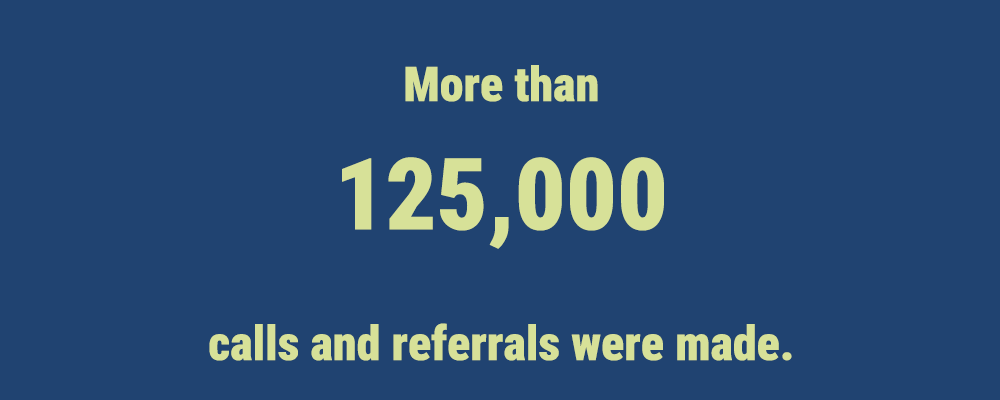
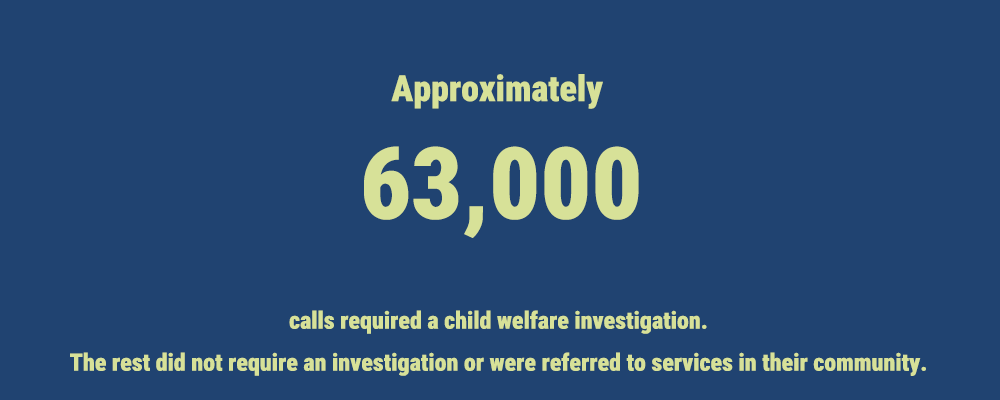
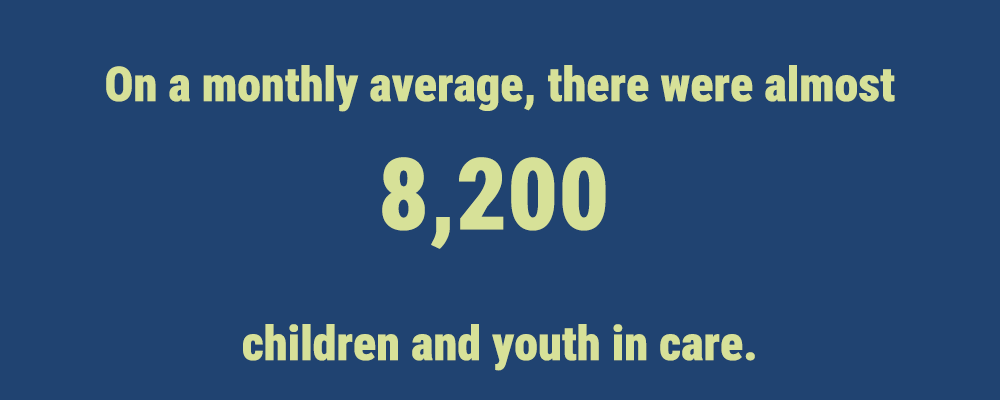
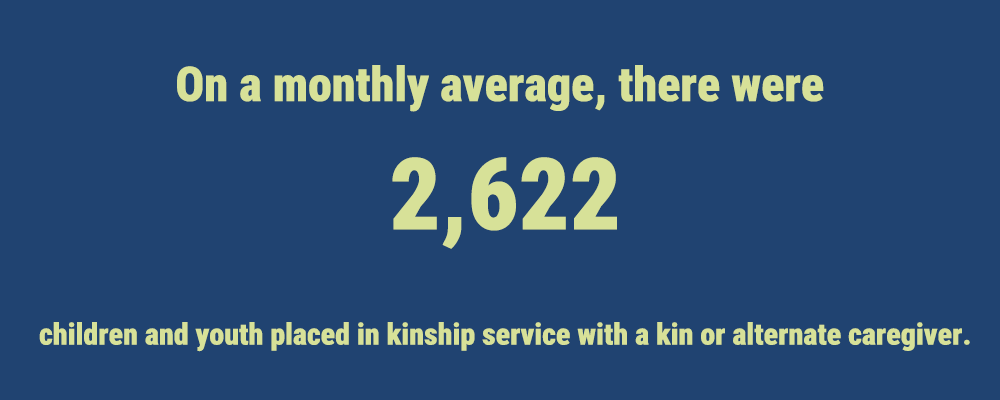
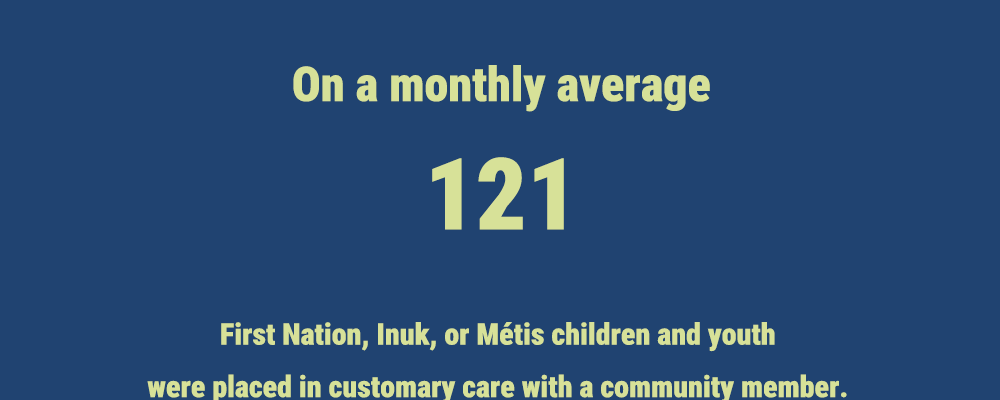
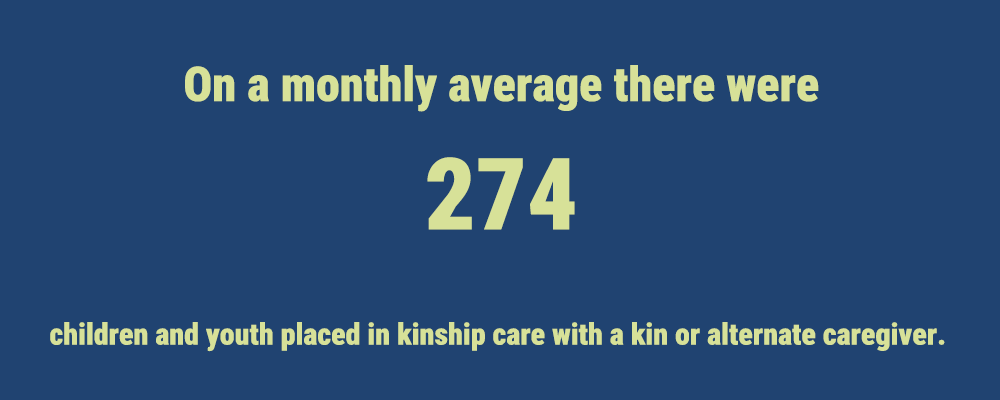
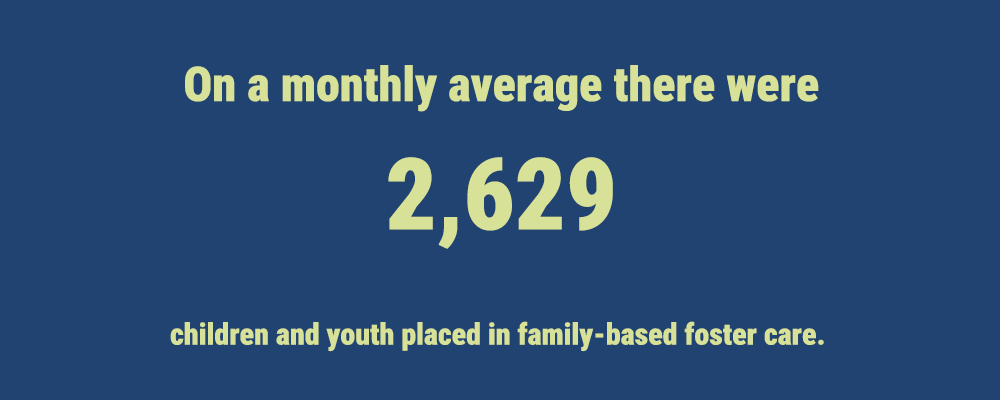
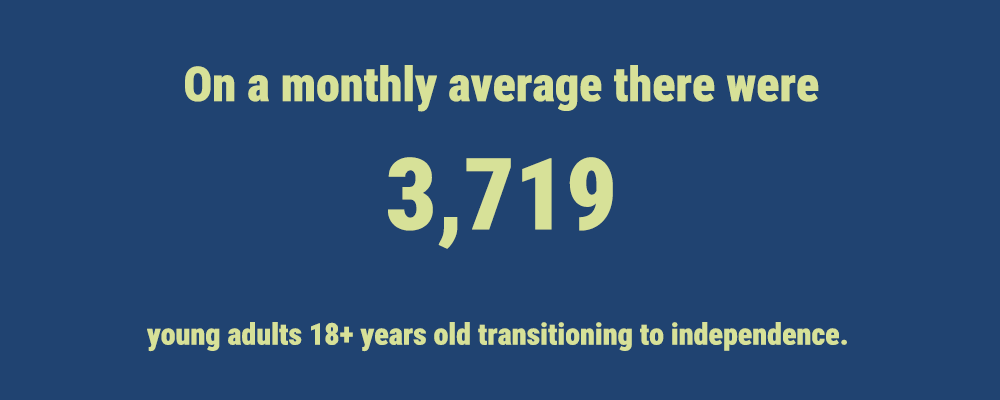

These numbers were reported from 37 non-Indigenous member agencies in the 2023-24 fiscal year.
For more information on facts and figures, click here.
Frequently Asked Questions
In Ontario, there are 50 designated welfare agencies. Child welfare agencies are part of the network of community-based organizations and service providers that promote the health, well-being, and safety of children, youth, and families across the province. Child welfare agencies do not just provide protection services; they work closely with local organizations and service providers in their communities, as well as kin and alternate caregivers, to facilitate crisis intervention, early intervention, prevention-focused, and out-of-home care.
In Ontario, child welfare agencies have the exclusive legal responsibility to provide services 365 days a year, 24 hours a day. Child welfare agencies are governed by the Child, Youth and Family Services Act, 2017.
Last year, more than 125,000 calls and referrals were made to Ontario’s child welfare agencies. Approximately 63,000 calls required a child welfare investigation. The remaining did not require an investigation or were referred to services in their community.
Child welfare agencies are contacted in circumstances where an individual is concerned that a child under the age of 18 has been harmed or may be at risk of harm. Child welfare agencies use the Ontario Child Welfare Eligibility Spectrum to determine whether an investigation is required. If an investigation is required, agencies follow the steps outlined in the Ontario Child Protection Standards.
In 97% of child welfare investigations, children and youth remain at home while receiving services. They work with community-based partners and service providers to avoid disrupting a child’s home life and ensure children, youth, and families receive the right care, at the right time, close to home. Only 3% of investigations result in a change of residence.
In circumstances where it is not possible for a young person to remain at home while receiving services, agencies work with kin and alternate caregivers to coordinate out-of-home care. Kin and alternate caregivers is an umbrella term used to refer to the broad spectrum of individuals who agencies partner with to provide family- and community-based placement options. This includes kinship service, kinship care, customary care, and family-based foster care. Kin and alternate caregivers include biologically related kin as well as individuals with other social, emotional, cultural, or community connections.
When a child is unable to stay with a kin or alternate caregiver, agencies will explore other out-of-home care settings (e.g., group homes, live-in treatment). This accounts for less than 1% of placements.
Agencies try, wherever possible, to prevent children and youth from entering care. When a child enters care, child welfare agencies work with families to address concerns so that they can return home.
Kin and alternate caregivers play a vital role in supporting children, youth, and families and ensuring improved, equitable outcomes. Broad support networks are directly linked to better outcomes and positively contribute to the well-being of young people and families interacting with the Ontario child welfare system.
Kin and alternate caregivers ensure children receive care that is culturally relevant, responsive, and identity-affirming. They promote a strong sense of self and belonging by supporting a child in maintaining connections to kin and community networks, as well as their culture. Inclusive care is central to delivering improved, equitable outcomes for children and youth, particularly for Indigenous and Black children and youth who have been and continue to be overrepresented in Ontario’s child welfare system.
For most young people, the transition to adulthood is gradual. In Canada, 59% of young people ages 20 to 24 reside with their parents.
In contrast, youth receiving services from a child welfare agency face an abrupt transition to adulthood when they turn 18. Through the Ready, Set, Go program (the program), child welfare agencies support young people in planning and preparing for their transition from care to independence before they reach the age of majority. Once they turn 18, they can decide to participate in the program and agencies will continue to support them as they navigate the transition to independence until they turn 23. The program seeks to address disparities in outcomes for children and youth who have been involved with the child welfare system, such as homelessness, under- or unemployment, and mental health challenges.
Last year, on a monthly average, Ontario’s child welfare agencies supported more than 3,719 young people above the age of 18 who participated in the program.6 Though the program has a positive impact, it alone cannot address disparities in outcomes. Young people transitioning to independence require access to integrated youth services in their communities, close to home, so they can continue to build on their strengths and develop life-skills.
Launched in 2015, One Vision One Voice (OVOV) is a community-informed program housed at OACAS and funded by the Ministry of Children, Community, and Social Services. The program is focused on addressing anti-Black racism and supporting improved, equitable services and outcomes for Black children, youth, and families interacting with the child welfare system.
As part of the program, OVOV reviews and makes recommendations on legislation, regulation, policies, tools, and directly supports child welfare agencies to advance best practices. OVOV also engages in research to facilitate systems-level thinking and drive transformative change. For example, OVOV collaborated with the University of Toronto to develop Understanding the Overrepresentation of Black Children in Ontario in Child Welfare Services.
An increasing number of 2SLGBTQ+ children and youth, especially trans and non-binary young people, are interacting with child welfare agencies due to a lack of support and identity rejection in their home and communities. It is vital that children and youth receive services in a way that is inclusive and affirming.
Launched in 2022 and funded by the Ministry of Children, Community and Social Services, the SOGIE Initiative aims to support the development and implementation of sector-wide projects that help to address disparities in services and support improved, equitable outcomes for 2SLGBTQ+ children, youth, and families interacting with the child welfare system. For example, the SOGIE Initiative developed Building 2SLGBTQ+ Community Partnerships to provide guidance to child welfare agencies in strengthening relationships with local partners who can help them understand the unique needs of 2SLGBTQ+ children, youth, and families.
OACAS collaborates with First Nations, Inuit and Métis communities and partners to develop and provide educational and training opportunities, tools, and resources for children’s aid societies and Indigenous Child and Family Well-Being Agencies.
Continued learning builds the capacity of direct service staff to support Indigenous children, youth, and families in a way that is culturally relevant, responsive, and identity-affirming. For example, OACAS facilitates training for alternate caregivers providing customary care arrangements for First Nations, Inuit and Métis children and youth. Customary care is an inherent right and practice that predates the evolution of child welfare. Customary care arrangements are intended to reflect Indigenous models of care and prioritize community-based, culturally rooted approaches to child and family services OACAS also prepares and maintains a Library Guide on Truth and Reconciliation, providing staff with resources to deepen their knowledge of Indigenous ways of knowing and being, as well as Canada’s settler colonial past and present. These efforts are part of broader efforts to advance truth and reconciliation within the child welfare sector.
OACAS also works with partners to advance best practices in the Ontario child welfare sector by amplifying resources. For example, Our Children Are Our Gifts: A Best Practices Guide on Customary Care Processes in Ontario, guide on customary care prepared by the Association of Child and Family Services Agencies of Ontario
OACAS is committed to supporting Indigenous Peoples across Ontario as they work to reassert their inherent jurisdiction over child and family services and implement their own models.
- Programs and Resources
- OACAS 2025 Pre-Budget Submission